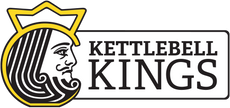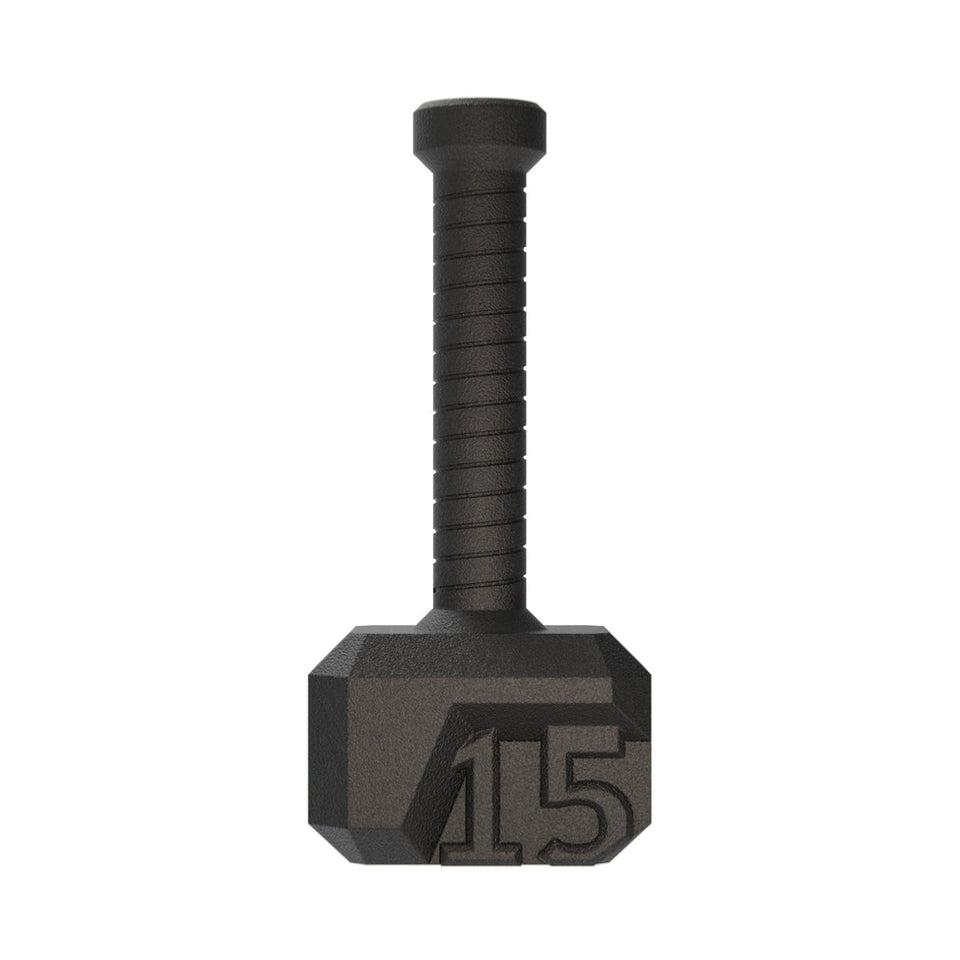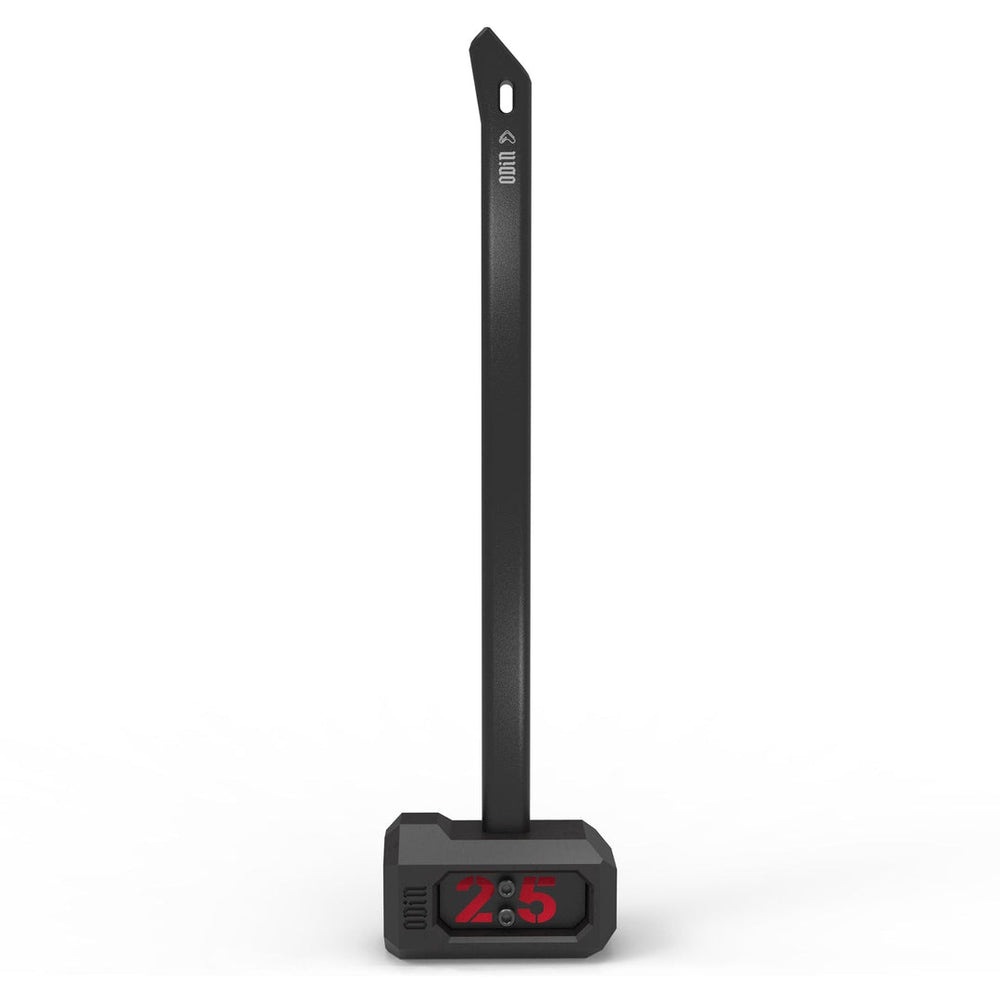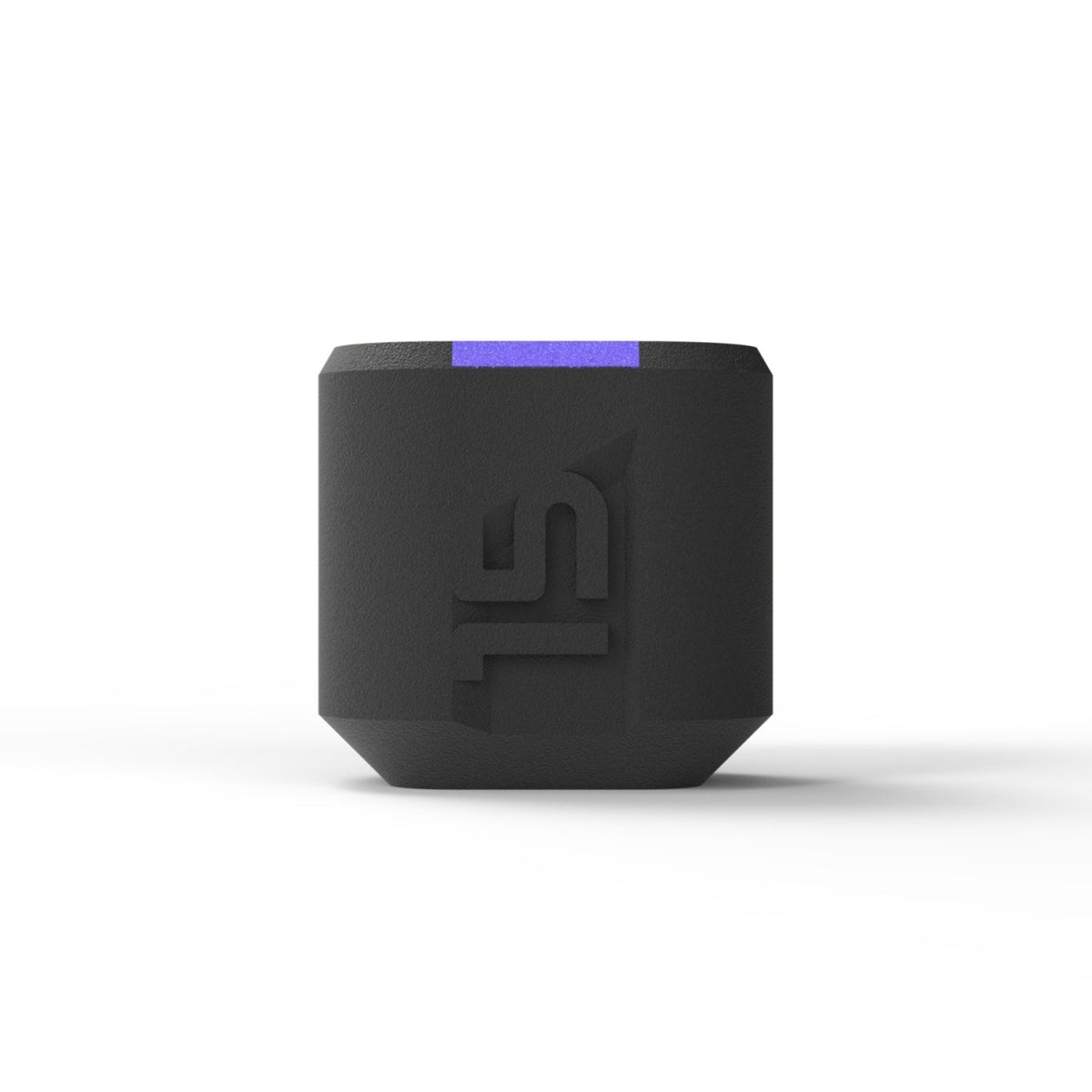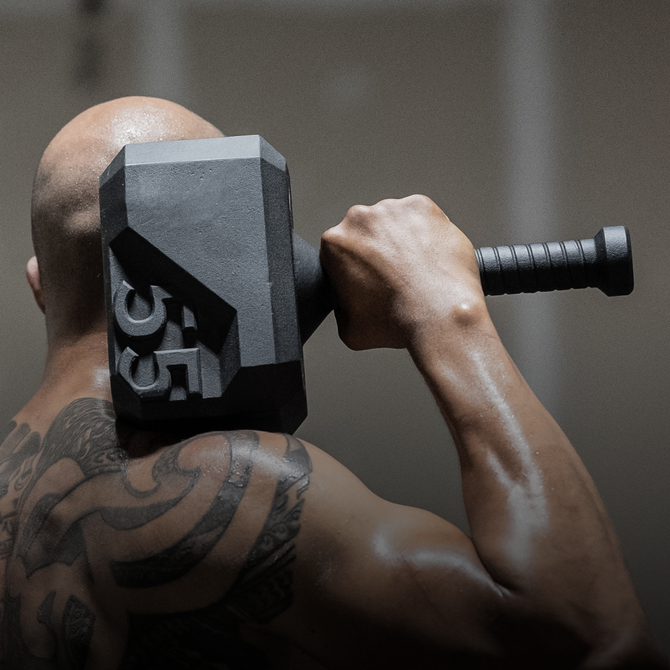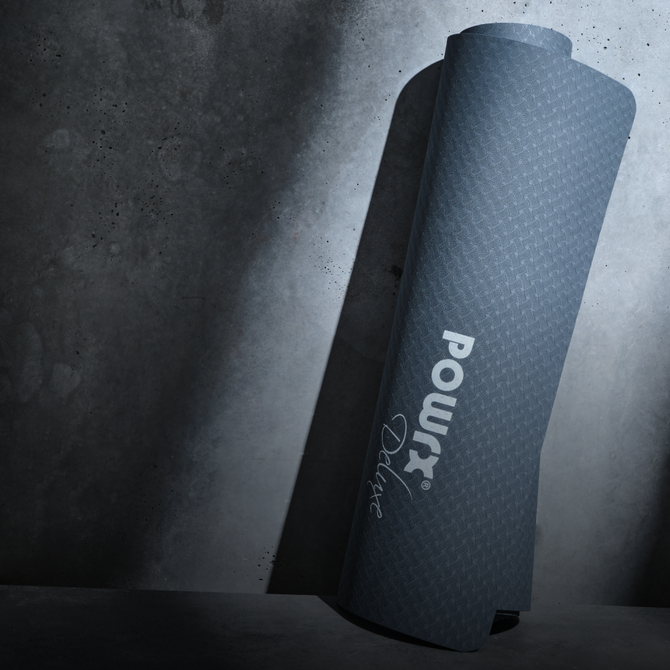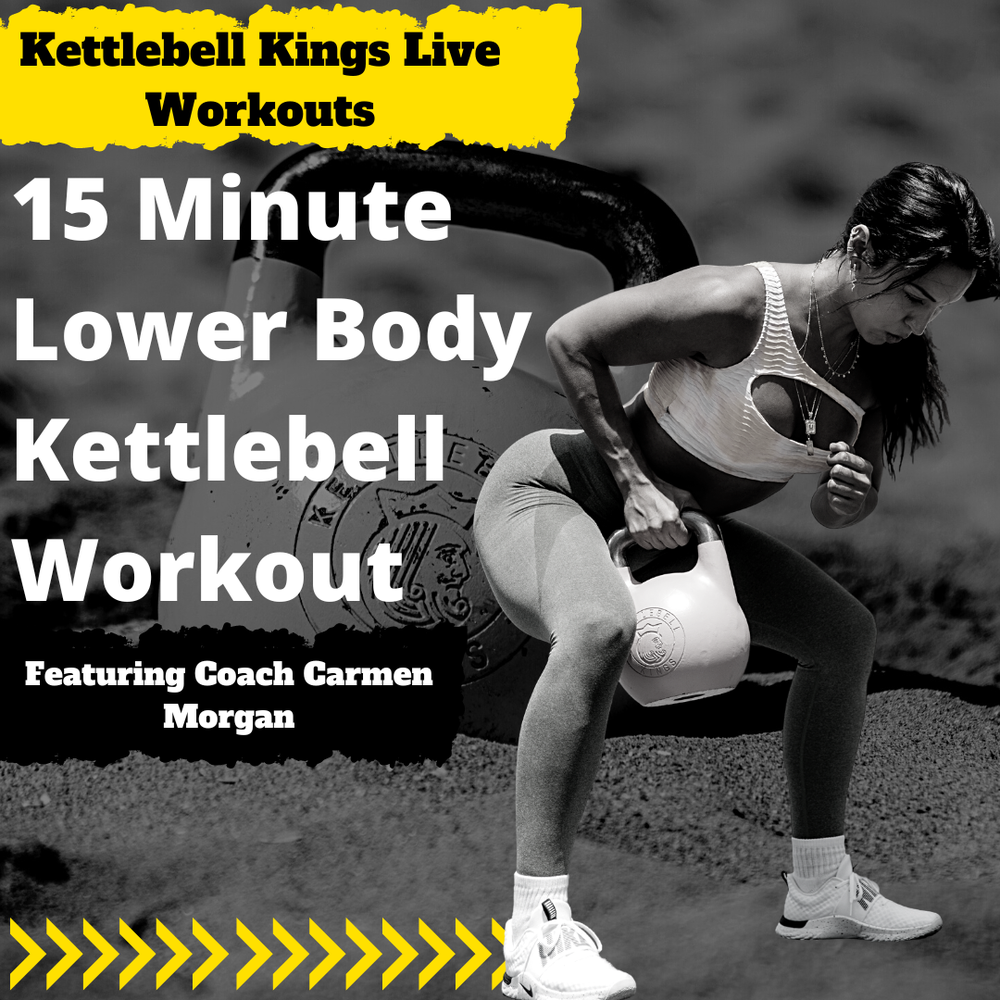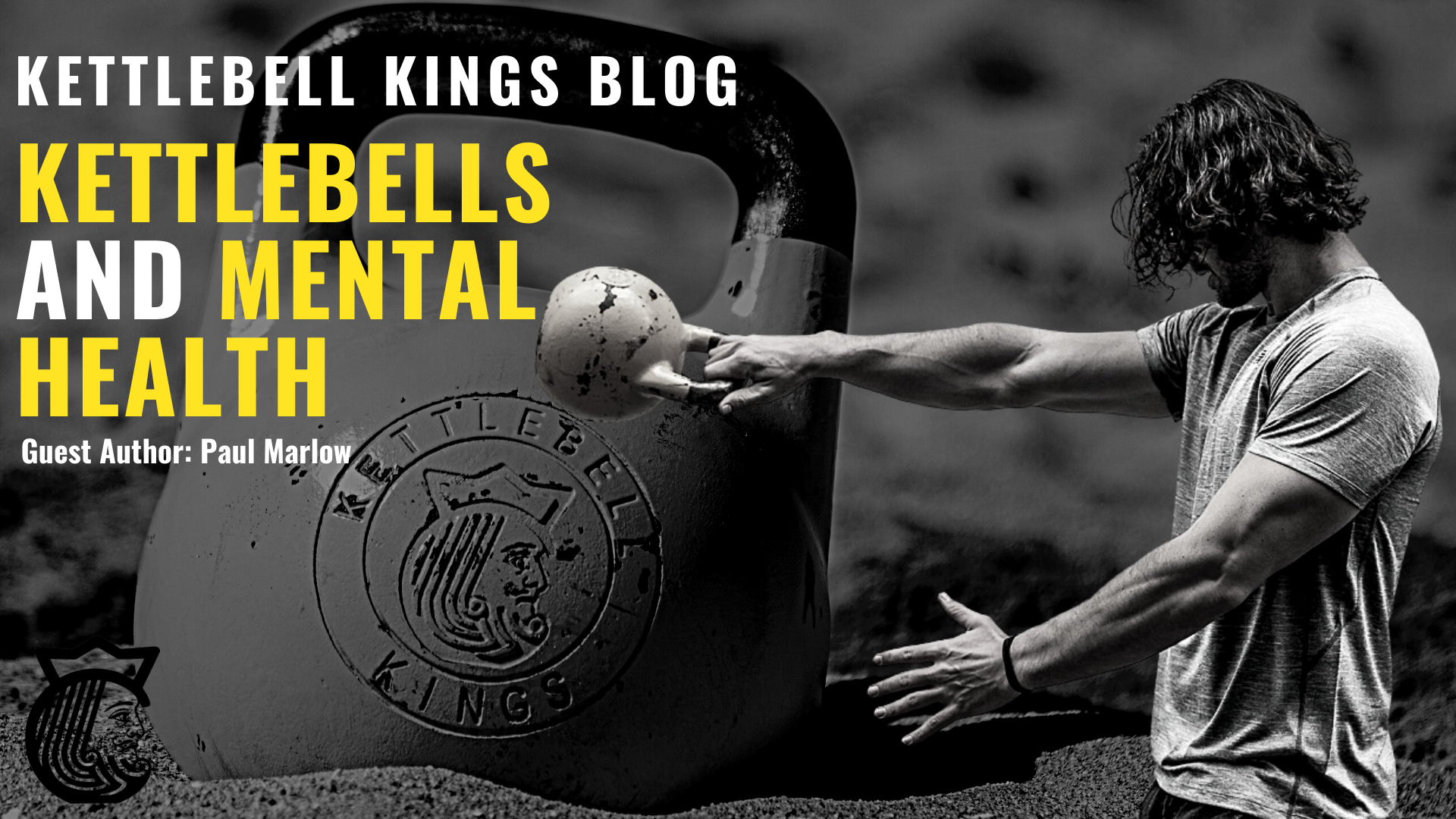TheCore
It's common for most people to think of developing rock-solid abdominals (abs) when considering their core workouts. However, a human's core muscles include much more than the abs. Core muscles are an intricate combination of the anterior, posterior, and oblique muscles around the midsection of a person's body. Strong core muscles play a crucial part in supporting and stabilizing the spine and are therefore vital in human movement, posture, and balance.
core muscles
Although there are some varying opinions regarding all the exact muscles considered to be part of the core, the following are considered core muscles:
- rectus abdomen
- Internal obliques
- External obliques
- Transverse abdomen
- Erector Spinae muscles
- multifidus
The Kettlebell
A kettlebell is a uniquely shaped weight consisting of a large, weighted ball attached to a handle. Kettlebells come in varying sizes, shapes, weights, and materials. They can be used in exercises by gripping the attached handle or cradling the ball portion of the weight.
Some of the more common kettlebell exercises are the kettlebell swing , Turkish get-up , goblet squat , the windmill , and the kettlebell halo.
4 key core kettlebell exercises
Because most kettlebell exercises are dynamic movements, the core muscles are often activated to perform each exercise safely and effectively. This means, when executed properly, kettlebell movements will work your clients' core without specifically focusing on core exercises. The following list of exercises includes a few important kettlebell movements that are incredibly effective in challenging the core muscles but can also be powerful movements for other muscles of the body.
Alternating swings
This exercise begins with the client gripping the handle of the kettlebell in their right hand. Pressing the glutes back and hinging at the hips, the client will allow the kettlebell to effortlessly swing back and between the legs. Keeping the head and neck in alignment with the spine, the core engaged, and the spine neutral, the client will quickly drive the hips forward. The momentum of the quick extension of the hips and knees will pull the hand (and kettlebell) through the legs and slightly out in front of the body.
At the top of the kettlebell's movement in front of the body, the client will switch the handle of the kettlebell into their left hand and allow the weight to swing through the legs and back into the starting position before quickly driving the hips forward for the second repetition (rep). The client will complete the desired number of reps alternating their hands after each rep.
Crush Grip Hold
The client will point the kettlebell handle toward the sky and squeeze the ball portion of the kettlebell in their hands near their sternum (ie, chest height). The weight should be held close to the chest and the elbows should point down toward the ground and slightly out to the side. With the chest tall and the core engaged, the client will begin a slow march alternating legs with each step.
An advanced client can increase the difficulty of this kettlebell exercise by holding the weight out further out in front of their body.
Kettlebell Renegade Row
The renegade row begins with the client in a plank position with the head, neck, and spine in alignment. However, instead of using the floor or ground as the point of contact for the hands, the client will place a kettlebell (with the handles pointed up) below each shoulder and grip the handles to balance and stabilize above each weight. The wrists, elbows, and shoulders should stay in alignment and be directly over the kettlebell weight. Keeping the hips down and square to the ground in the plank position, the client will drive their right elbow up toward the sky lifting one kettlebell off the ground. With the shoulders square to the ground, the client will squeeze their upper back muscles and then slowly lower the weight to the ground before repeating the movement on the opposite side.
Kettlebell Suitcase Carry
The client will begin this exercise holding a kettlebell in their right hand. The shoulders should be down and back. Standing tall with the core engaged, the client will begin walking forward with slow steps and focus heavily on keeping the core activated and upper body movement minimized. After completing the specified number of reps, the client will switch the kettlebell weight to the left hand and repeat the movement back to the starting location.
One more exercise
Erin Mahoney, EMAC Certifications
References
- Oliva-Lozano, JM, & Muyor, JM (2020). Core Muscle Activity During Physical Fitness Exercises: A Systematic Review. International journal of environmental research and public health, 17(12), 4306. https://doi.org/10.3390/ijerph17124306
